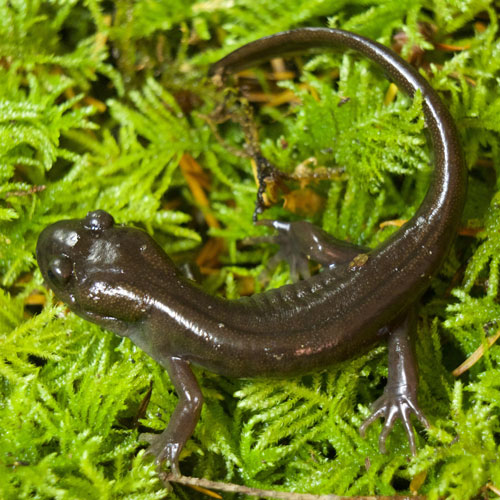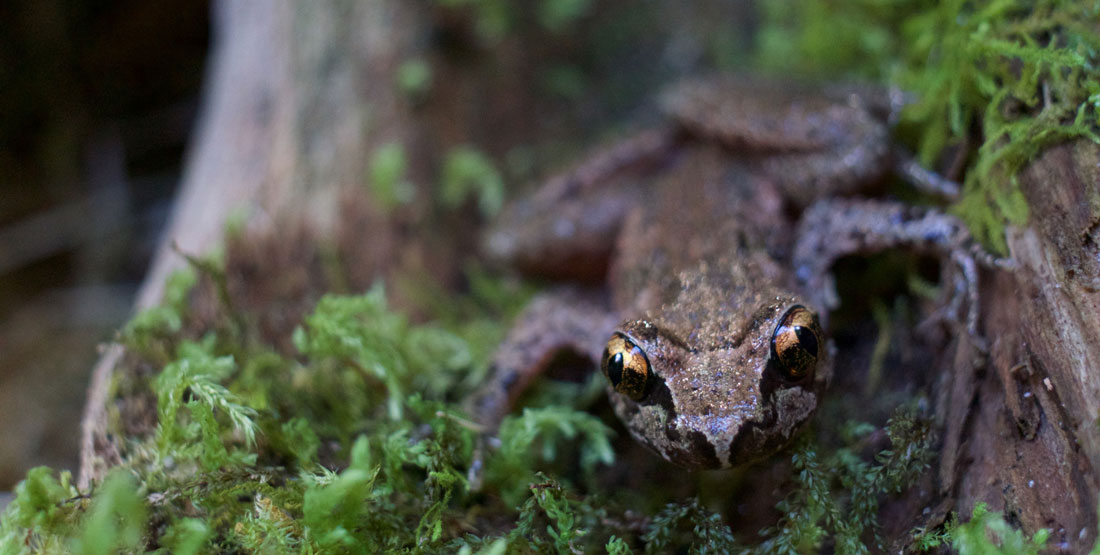Fast Facts
Where they live
- View a map of where they live
- Found in western Washington, from the Olympics to the Cascades
- In Washington state, they are found from the Cascade mountains to the coast, in higher mountain elevations, the population in southeastern Washington has recently been separated into a different species, Ascaphus montanus.
- Rocky forest streams, prefer fast moving clear water, rarely found away from water and only on really wet nights
Breeding
- Breeding season is in the Fall and eggs are laid in the spring/summer
- Eggs are laid in strings underneath big rocks
- Tadpoles have a large sucker mouth to cling on the rocks in fast water streams and feed on algae
- Can take up to four years for tadpoles to complete metamorphosis
Cool Biology Facts
- One of the most primitive of all frogs and their closest living relatives are in New Zealand!
- One of the only frogs in the world that have internal fertilization
- Have reduced lungs (breathe mostly through skin) which helps to limit buoyancy in water
- Fingertips are hardened like claws to help move around and the rocks on the fast moving water
- One of the longest living species of frogs can live up to 15-20 years!
Threats
- Main threats include habitat destruction due to logging and roads. View their status on the IUCN Red List of Threatened Species.

Amphibians & Reptiles of Washington
Do you know where rattlesnakes live in our state? Or which salamander breathes through its skin? Explore the fascinating diversity of the 26 species of amphibians and 28 reptiles found in Washington state.

